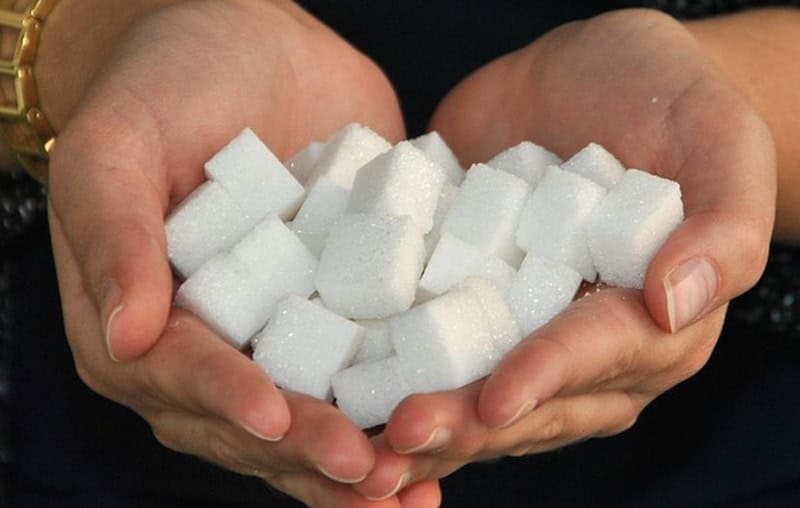Understanding beet sugar vs cane sugar helps buyers make informed choices about their sugar preferences.
Understanding beet sugar vs cane sugar helps buyers make informed choices about their sugar preferences.
Blog Article
Checking Out the Differences in operation and Advantages Between Beet Sugar Vs Cane Sugar
In the cooking globe, the choice in between beet sugar and cane sugar is not merely concerning sweetness but involves a nuanced consideration of flavor, application, and effect. While both sugars originate from different plants, each goes through one-of-a-kind manufacturing procedures that discreetly influence their characteristics and suitability for various dishes. As chefs and consumers significantly focus on both the ecological and flavor accounts of their active ingredients, recognizing these distinctions comes to be critical. This expedition provides understanding right into just how each sugar type can best improve cooking developments.
Beginnings and Production Processes of Beet and Cane Sugar

Walking cane sugar, on the other hand, originates from the sugarcane plant, an exotic turf belonging to Southeast Asia and now grown in tropical areas worldwide. The production of cane sugar begins with the harvesting of cane stalks, which are squashed to release the juice. This juice is then steamed to concentrate it, after which it is rotated in centrifuges to generate raw sugar crystals. These crystals are more improved to generate the white sugar frequently readily available in stores.

Nutritional Material and Health And Wellness Considerations

When comparing the dietary content of beet sugar and cane sugar, it ends up being noticeable that both types essentially offer the exact same calorie values, with about 16 calories per teaspoon and no significant nutrient variety. Both sugars, when eaten in excess, can add to raised blood glucose levels, a risk aspect for diabetes and various other metabolic conditions. From a health point of view, regulating intake of any kind of type of sugar, whether from beet or cane, is advisable to avoid these possible adverse impacts on health.
Taste Accounts and Culinary Applications
Despite their comparable chemical frameworks, beet sugar and web cane sugar differ subtly in taste, which can influence their usage in various culinary contexts. Walking stick sugar typically carries a hint of molasses, even in its refined form, lending a cozy, caramel-like touch that improves baked products, coffee, and chocolate-based recipes. On the other hand, beet sugar is identified by its extremely improved, neutral preference, making it a versatile sweetener that does not modify the flavor profiles of recipes.
Environmental Impact and Sustainability
While both beet and cane sugars are derived from plants, their ecological impacts vary considerably due to the unique approaches of growing and processing required for each. Sugar beet farming usually involves substantial automation, which can boost nonrenewable fuel source usage and carbon exhausts. Nonetheless, beetroots can be grown in cooler environments and require less watering, potentially minimizing water usage contrasted to sugarcane. Sugarcane, on the various other hand, is typically expanded in exotic regions where it relies greatly on watering and a much longer growing period, boosting its water footprint.
Moreover, the processing of sugarcane commonly produces a substantial amount of waste, including bagasse, which, although usable as biofuel, often adds to air contamination if burned inefficiently. Sugar beet processing uses more of the raw products, leading to less waste. Both industries face challenges in lowering their environmental footprints, but recurring technologies in farming practices and waste monitoring are aiming to enhance sustainability.
Economic Factors Influencing the Sugar Industry
The economic characteristics of the sugar industry are significantly influenced by worldwide market demands and profession policies. In regions where sugarcane or sugar beet production is subsidized, manufacturers might have a financial benefit that allows them to offer lower prices on the worldwide market.
In addition, fluctuations in global demand for sugar, affected by nutritional patterns and industrial usage in food, straight effect prices and manufacturing levels. beet sugar vs cane sugar. Climate conditions likewise play a critical role, as they can dramatically influence plant yields and, subsequently, the supply chain. This irregularity introduces a degree of economic Check Out Your URL unpredictability that can bring about investment volatility in sugar manufacturing markets, affecting decisions from growing to market strategy
Verdict
In final thought, both beet and cane sugar have special qualities that fit various cooking requirements. While cane sugar conveys a rich taste suitable for improving baked goods, beet sugar's nonpartisanship is YOURURL.com ideal for lighter dishes.
Report this page